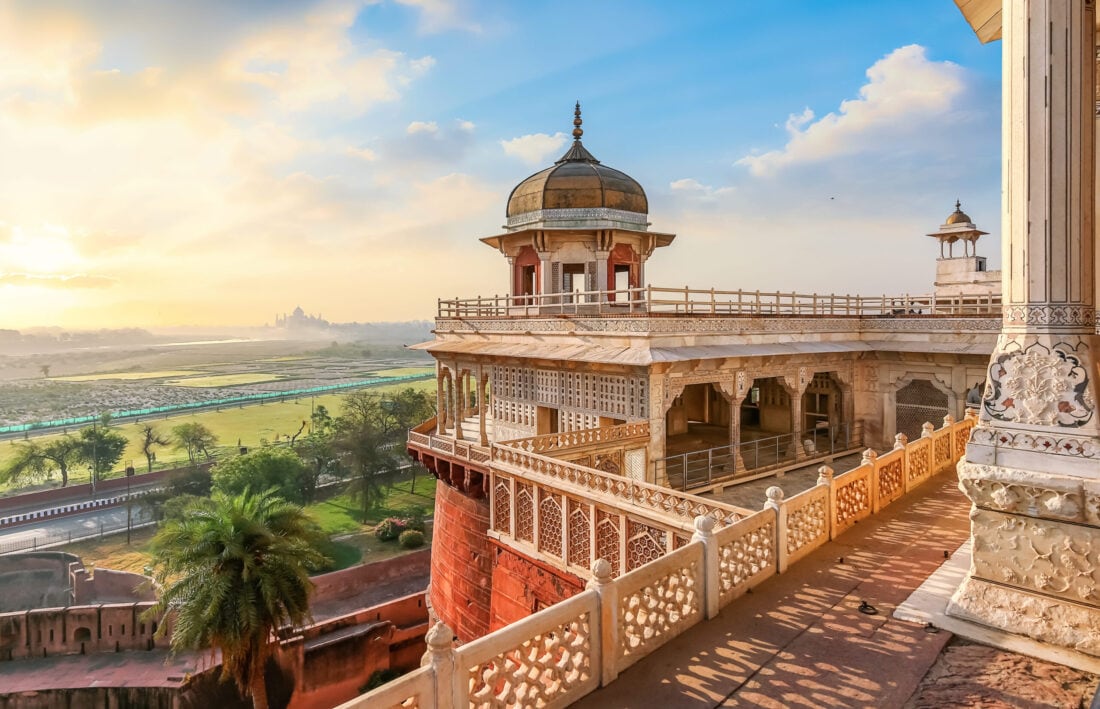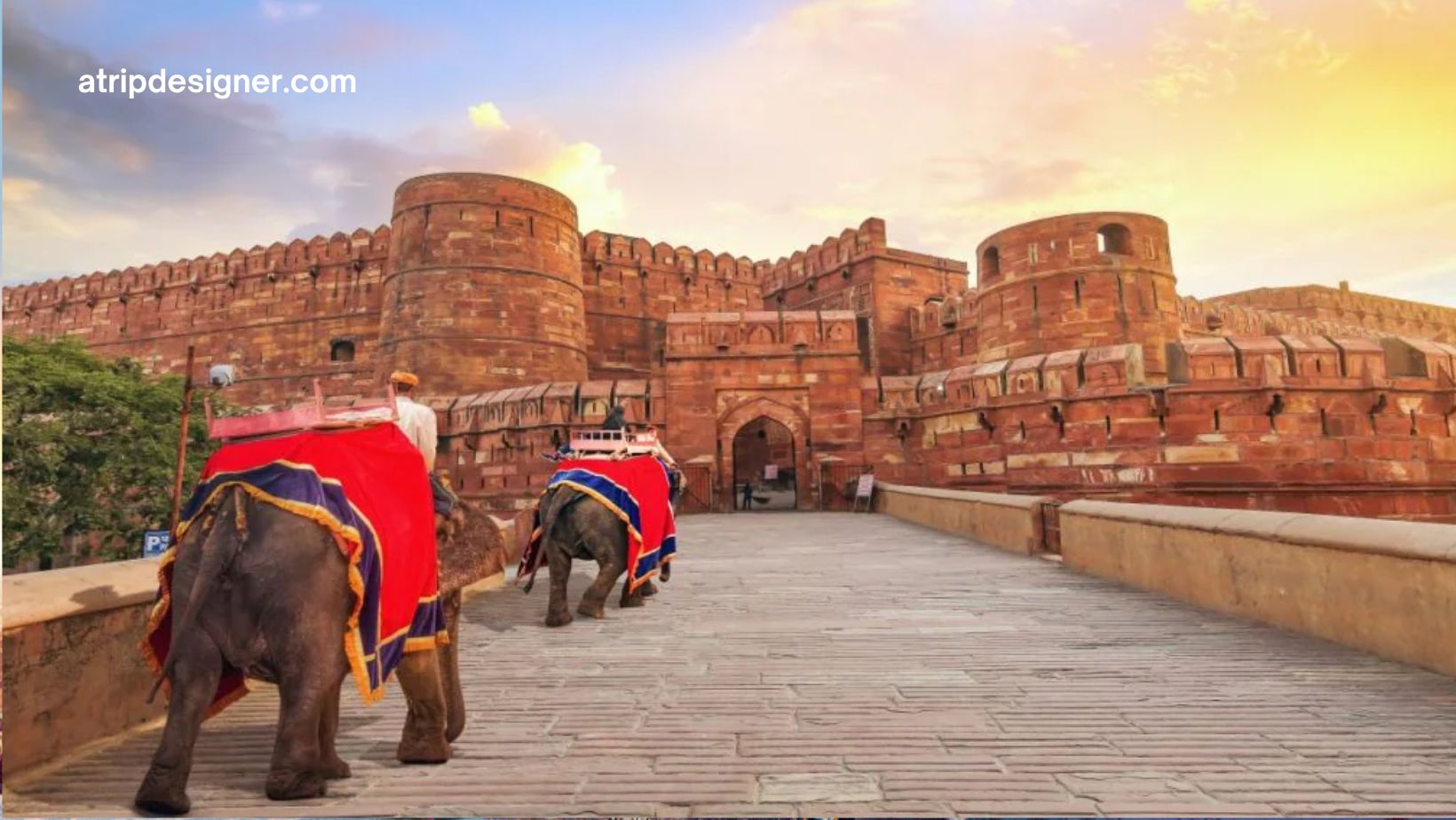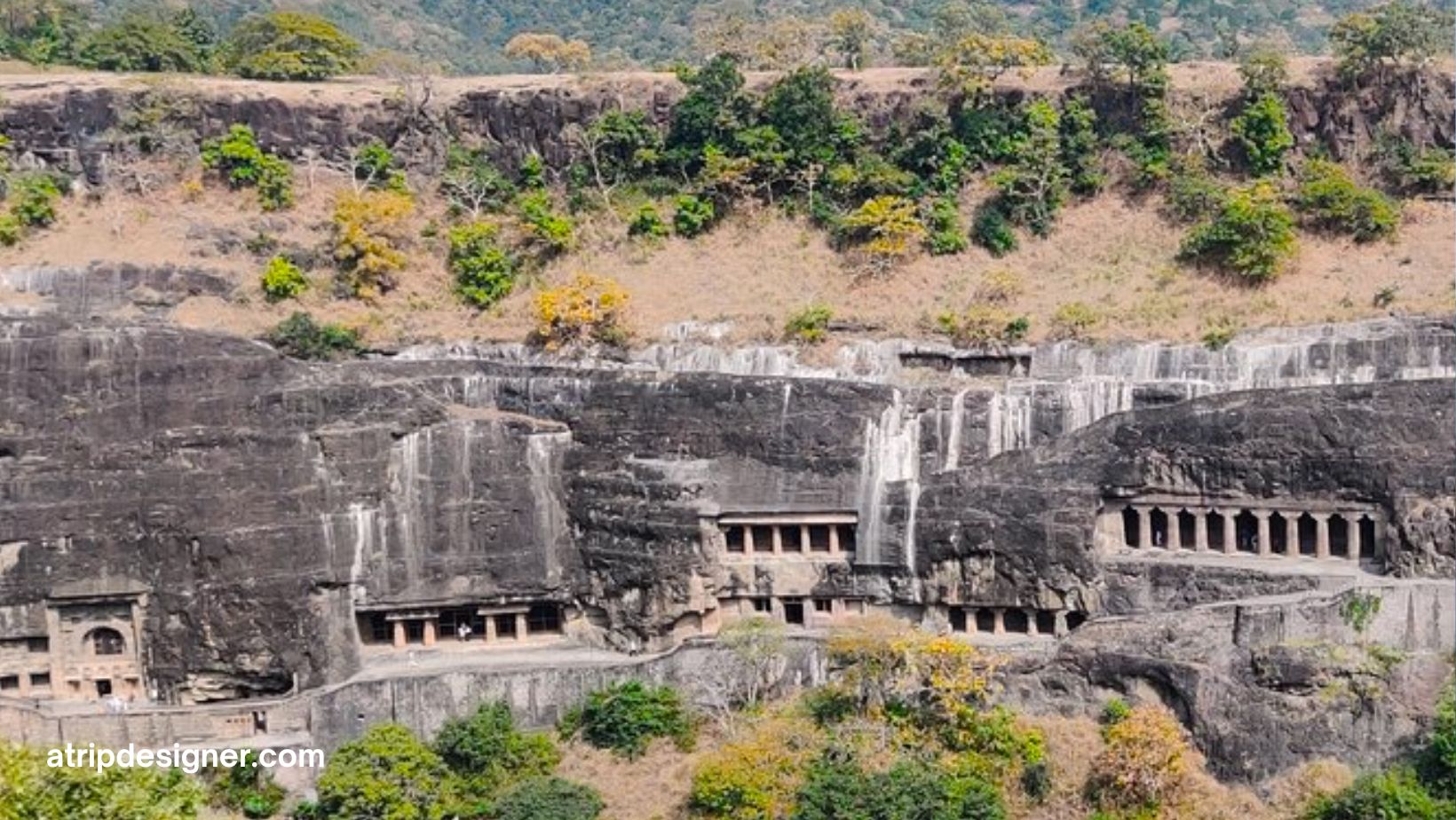Travel through history and submerge yourself in the fascinating tales of India while you discover Agra Fort. This majestic fortress, a UNESCO World Heritage Site, stands as a testament to the grandeur of the Mughal era. With its towering walls and intricate architecture, Agra Fort whispers tales of emperors and empires. As you wander through its ancient corridors, you’ll uncover the secrets of this iconic landmark and gain a deeper understanding of India’s rich heritage. Join us on a journey through time and discover the fascinating history that lies within the walls of Agra Fort.
Agra Fort: A Historical Marvel
Agra Fort occupies a profound position within the pages of Indian history, as it marks the place where Shah Jahan, the fifth Mughal emperor, experienced imprisonment at the hands of his own son, Aurangzeb. Throughout this period of isolation, Shah Jahan’s gaze encompassed the Taj Mahal, a lasting symbol of love that he had erected in remembrance of his cherished wife, Mumtaz Mahal, heightening his emotional anguish.
 Also read – Explore Deeg Jal Mahal: Unveiling the Hidden History and Grandeur
Also read – Explore Deeg Jal Mahal: Unveiling the Hidden History and Grandeur
Also read – Explore Sajjangarh Palace in Udaipur and Uncover Its Enchanting History
Architectural Grandeur
The moment you set foot inside the fort, you’re greeted by its magnificent gates, each telling a story of its own. The Amar Singh Gate, the main entrance, leads you to the Diwan-i-Aam, or the Hall of Public Audience. Here, the emperor would listen to the grievances of his subjects, a reminder of the Mughal dynasty’s commitment to justice.
Venture deeper into the fort, and you’ll find the Diwan-i-Khas, the Hall of Private Audience, where the emperor would hold private meetings. Its iconic marble pillar, where the famous Peacock Throne once stood, reflects the opulence of the Mughal era.
Agra Fort: Witness to History
Agra Fort holds immense significance in India’s historical narrative, serving as the very place where Shah Jahan, the fifth ruler of the Mughal Empire, found himself incarcerated by his own son, Aurangzeb. During his captivity, Shah Jahan’s view extended to the Taj Mahal, an enduring emblem of love he had constructed in memory of his beloved wife, Mumtaz Mahal, an experience that intensified his anguish.
Another historic event etched into Agra Fort’s walls is the arrival of the British colonial forces in 1857. The fort served as a battleground during the Indian Rebellion, bearing witness to the struggle for independence. The scars of that tumultuous period are still visible today.
Architectural Marvels Within
Agra Fort is not merely a fort; it’s a city within a city. Its palaces, mosques, and gardens are architectural marvels that blend Persian, Indian, and Islamic influences. The Moti Masjid, or Pearl Mosque, is a pristine white marble structure within the fort complex, known for its exquisite craftsmanship and serene ambiance.

Also read – Exploring Taragarh Fort in Bundi: A Journey Through History
Also read – Explore The Six Beautifull Hill Forts of Rajasthan
The Jehangiri Mahal, once the residence of Jehangir, showcases a fusion of Hindu and Islamic architectural styles, adorned with intricate carvings and decorative motifs.
The Sheesh Mahal, or Palace of Mirrors, is a breathtaking hall entirely covered in reflective glass tiles that once shimmered like stars under candlelight, creating an otherworldly atmosphere.
Exploring the fort’s courtyards, gardens, and fountains provides a glimpse into the royal lifestyle of the Mughals, offering a respite from the hustle and bustle of modern Agra.
Agra Fort Today: A Living Legacy
While meandering through the intricate maze of corridors, it’s probable that you’ll come across indigenous craftsmen and merchants offering their handcrafted wares, exquisite jewelry, and memorable keepsakes. Their presence injects a lively essence into the historic ambiance, serving as a constant reminder that Agra Fort is not just a relic from days gone by but a vibrant testament to India’s timeless legacy.
Exploring Agra Fort: Practical Tips

- Timing: Consider scheduling your trip for the early morning or late afternoon to escape the intense midday sun. Exploring the fort with a knowledgeable guide can offer valuable perspectives on its historical significance and architectural marvels.
- Photography: Don’t forget your camera; the intricate details and grandeur of Agra Fort are a photographer’s delight. Remember to respect any photography restrictions within certain areas.
- Footwear: Wear comfortable shoes as you’ll be walking on uneven surfaces and steps.
- Tickets: Entrance fees vary for Indian and foreign tourists, with additional charges for photography. Check the latest ticket prices and timings before your visit.
- Local Cuisine: After your exploration, savor the local cuisine in Agra. Don’t miss out on Agra’s world-famous petha (sweet candy) and delicious Mughlai dishes.
Also read – Explore Cappadocia, Turkey – A Journey To The Most Magical Place On Earth
Agra Fort is not just a destination; it’s an experience that transports you through time. It encapsulates the grandeur, the struggles, and the cultural fusion that define India’s rich heritage. As you explore the fort’s nooks and crannies, you’ll discover that it is not just a fort; it’s a treasure trove of history waiting to be unlocked, a journey through time that will leave you forever enchanted. So, step inside, explore Agra Fort, and let history come alive before your eyes.











